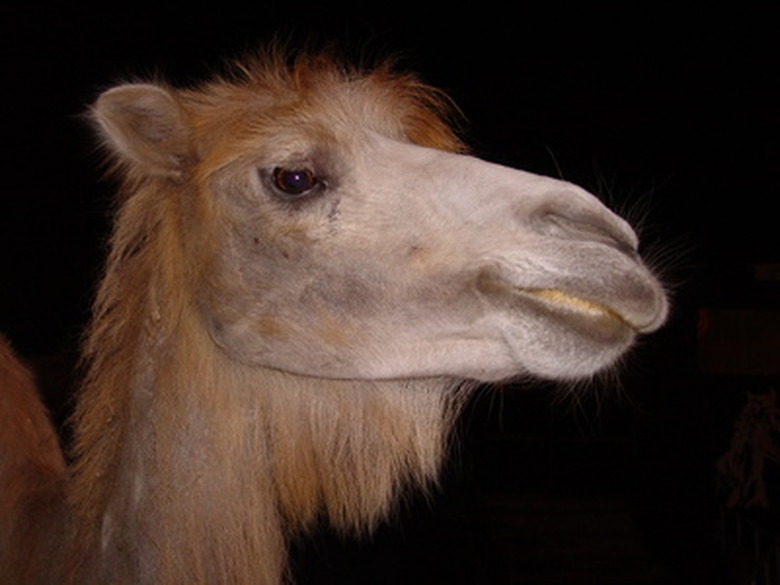Information On Desert Animals & Plants
The desert holds a place in the world as one of the most grueling terrains in existence. Although it can be a very void place, there is no shortage of desert animals and plants —they are simply better adapted to the environment. Animals and plants range from large camels that have been utilized for transportation for centuries to trees that have learned to survive on very little water. For desert plants and animals, information is abundant even if water is scarce.
Bilby or Bandicoot
Bilby or Bandicoot
The bilby—or the rabbit-eared bandicoot—of the deserts of Australia is considered to be an endangered species since they are preyed upon by animals and people alike. All species being nocturnal, they go underground during the day and ferret food at night. Insects, snails and mice, as well as fruit and underground bulbs serve as food for these little marsupials.
The Arabian Camel
The Arabian Camel
The dromedary, more popularly known as the Arabian camel, can be found in the Middle East, Africa, as well as, India and Pakistan. Amazingly, these single hump-backed animals store fats in their humps—making them go for 3 to 4 days with no water and food. Their diet includes grass, dates, oats and wheat.
Desert Iguana
Desert Iguana
First discovered in 1853, the desert iguana is mostly seen in the Mojave and Sonoran deserts of Southern California. Just like the bilby, this animal stays in burrows, especially besides cactus plants. Although considered a vegetarian since its favorite meal is the flowers of the creosote bush, it also feeds on smaller insects, which include ants and beetles.
Sidewinder Snake
Sidewinder Snake
Aptly named so because of the "side winding" action that it does when it crawls; the sidewinder snake inhabits the deserts of Africa, the Middle East and North America. Upon closer examination of the tracks they leave behind, people notice that they resemble the letter J, where the end of the "letter" shows the direction the snake is heading.
Desert Tortoise
Desert Tortoise
The desert tortoise is able to adapt to the extreme temperature of the desert through its large urinary bladder. Whenever it finds water, it works like a sponge, storing enough water to equal over 40 percent of its body weight. Because of this amazing ability, it can go without water for months. Adults are known to go without water for nearly one year. Major food sources include fruits, herbs and wildflowers.
Creosote Bush
Creosote Bush
The Creosote bush has been able to adapt to the intense heat of the Mojave desert through altering its physical structure making it a xerophyte. Having green leaves, which prevents water loss through its resin coating, and yellow flowers, this plant has a distinctly pleasantly smelling odor.
Mesquite Tree
Mesquite Tree
This shrub commonly found in the Mojave and Sonoran desert survives by drawing water through its extremely long roots–growing as long as 80 feet. This phreatophyte plant is also well-known for its sweetness. It typically is made into a syrup and tea.
Cite This Article
MLA
Johnson, Steve. "Information On Desert Animals & Plants" sciencing.com, https://www.sciencing.com/information-desert-animals-plants-6579441/. 22 November 2019.
APA
Johnson, Steve. (2019, November 22). Information On Desert Animals & Plants. sciencing.com. Retrieved from https://www.sciencing.com/information-desert-animals-plants-6579441/
Chicago
Johnson, Steve. Information On Desert Animals & Plants last modified March 24, 2022. https://www.sciencing.com/information-desert-animals-plants-6579441/
